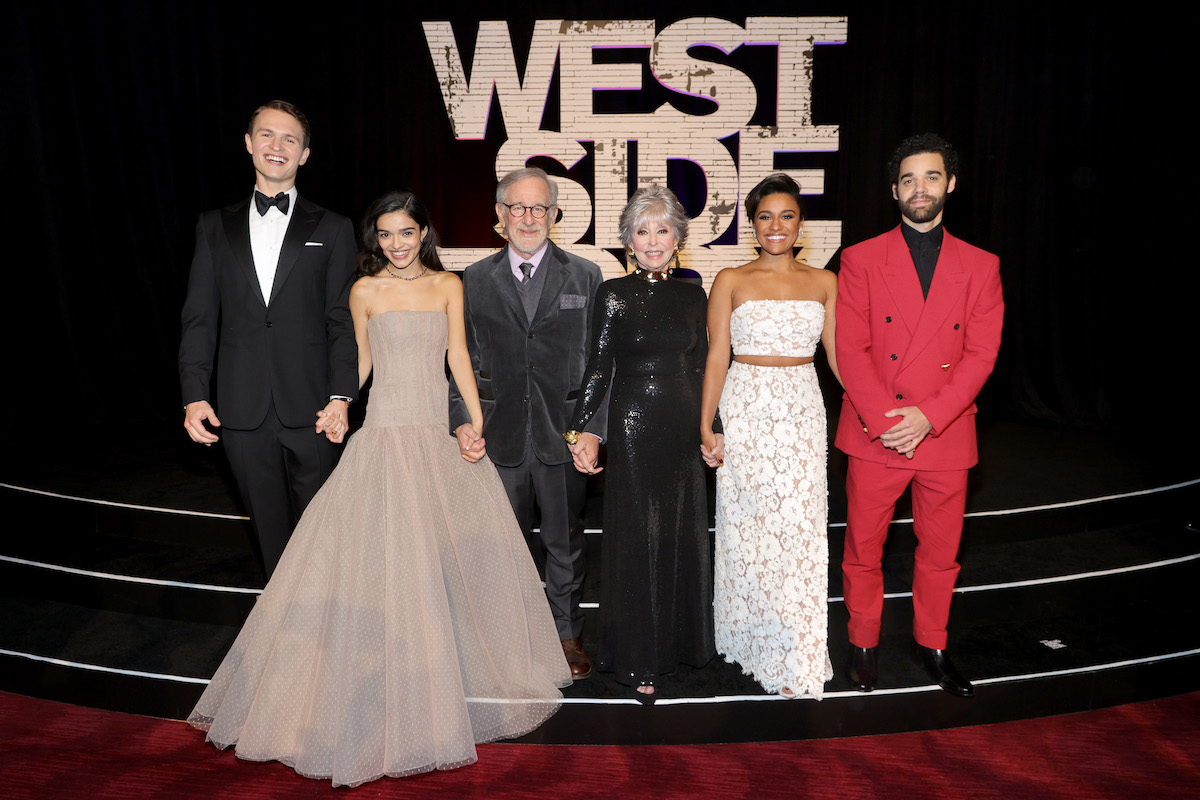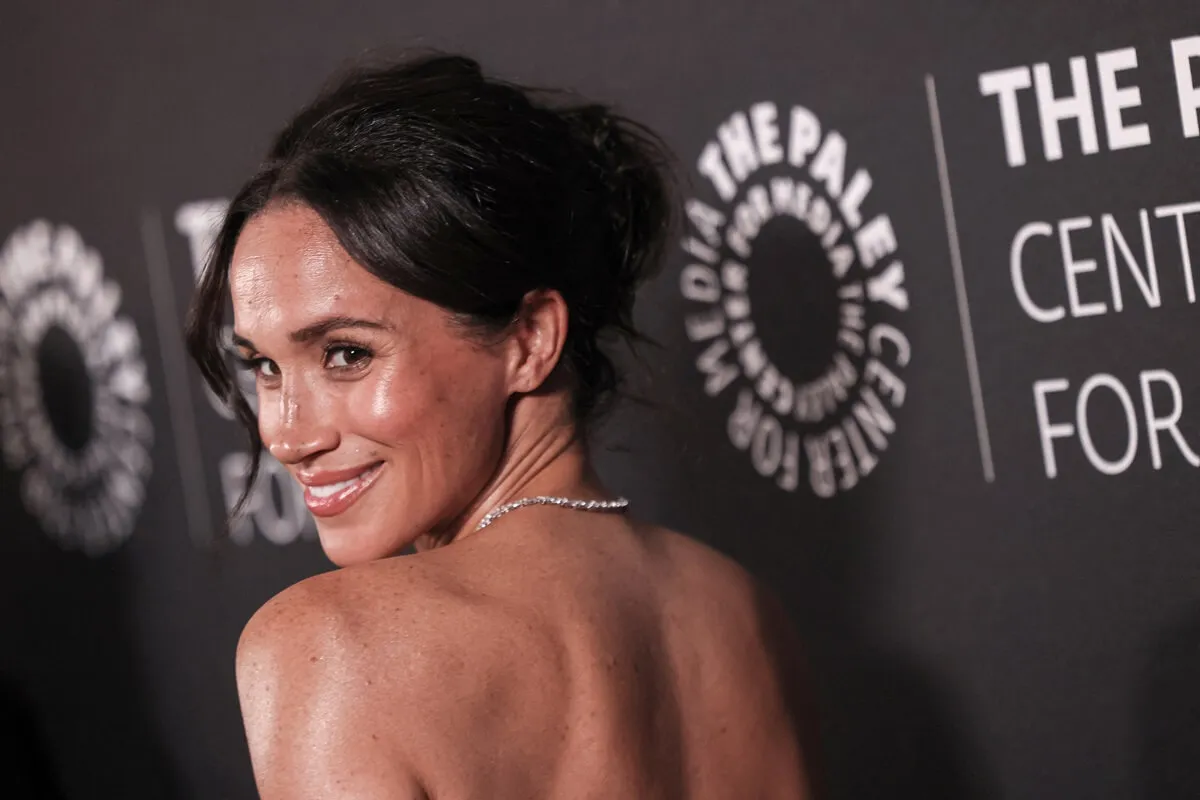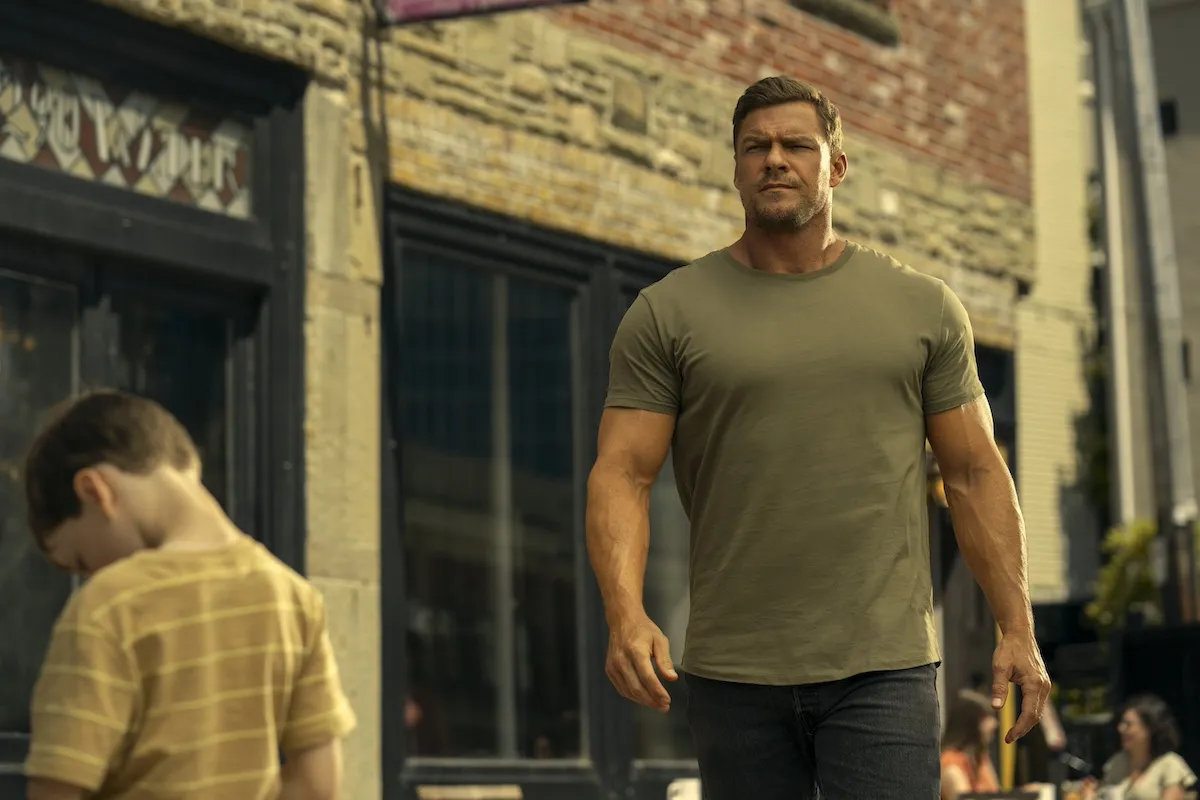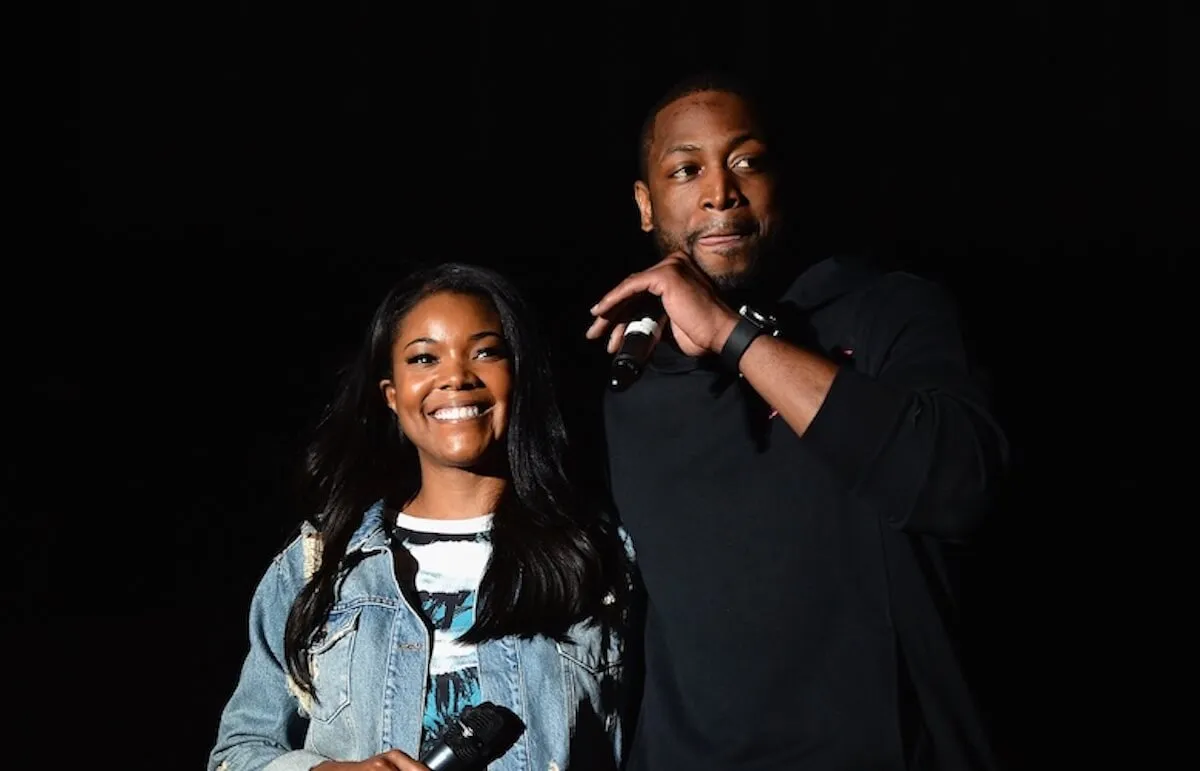‘West Side Story’: Why Steven Spielberg Made an ‘Invigorating’ Choice to Cut Subtitles From the Film Altogether
It doesn’t seem likely that Steven Spielberg‘s rendition of West Side Story will become one of his highest-grossing movies, but the film has received good reviews. One tweak to the new version has drawn plenty of discussion and praise: the choice not to add subtitles for non-English-speaking characters.
Spielberg believes the decision adds authenticity to the tension between the Jets and Sharks. Depicting the Puerto Rican immigrants in a more naturalistic manner speaks to the changing ways that the entertainment industry is dealing with representation.
‘West Side Story’ modernizes a classic musical

For 60 years, West Side Story has delighted fans onstage and onscreen. The Romeo and Juliet-inspired musical centers on the Manhattan rivalry between the all-white gang of the Jets and the Puerto Rican gang of the Sharks. The story’s protagonists, Tony and Maria, fall in love despite the racial tensions simmering in the background.
Debuting in 1957, the production received a wonderful reception. The music made the late Stephen Sondheim an instant star. The original Broadway play won two Tony Awards and the 1961 movie adaptation won 10 Academy Awards, including Best Picture. But all the adulation still came with some criticism.
In the original production of West Side Story, Carol Lawrence played the role of Maria; Natalie Wood portrayed her in the film version. Neither of these women is Puerto Rican or Hispanic. (Rita Moreno was the only actual Puerto Rican in the movie.) The legacy of white actors playing non-white characters is long (more on that later) — normal at the time, but that doesn’t make it right.
The new West Side Story seeks to rectify the lack of discrimination in previous tellings of the story. This time, Rachel Zegler, a Colombian-American, portrays Maria. Spielberg later told IGN that 20 of the film’s performers have Puerto Rican ancestry.
Steven Spielberg’s decision to leave out subtitles lends credibility to ‘West Side Story’
There is a lot of Spanish dialogue in West Side Story, and Spielberg decided not to subtitle those scenes in order to demonstrate equality among the demographics. The director used the same IGN interview to explain his thought process on this decision.
“If I subtitled the Spanish I’d simply be doubling down on the English and giving English the power over the Spanish,” he explained. “This was not going to happen in this film, I needed to respect the language enough not to subtitle it.”
The move was inevitably met with some controversy. Historically, American audiences have struggled to embrace films that aren’t entirely in English. Just last year, Parasite director Bong Joon-ho used one of his acceptance speeches at the Oscars to beg viewers to get over the “one-inch barrier” that keeps many from watching foreign movies.
Not having them at all is a bold choice. But the linguistic divide this creates makes the plot of West Side Story more realistic. As Ansel Elgort’s Tony becomes more involved with Maria, he attempts to learn Spanish to get to know her family better. His lack of knowledge creates a deeper connection with the viewers.
Whitewashing has been a dismal constant in Hollywood history
The same racism from American history is present in the timeline of the nation’s entertainment. The use of blackface to poorly disguise actors as other races was common until the early 20th century. It began in minstrel shows in the 1830s before becoming mainstream via movies like the 1915 KKK propaganda blockbuster The Birth of a Nation. In the film, Black people were portrayed as lazy, dumb, and overly sexualized. (The Hollywood Reporter reported on the history of the practice.)
Blackface eventually fell out of favor in the 1950s but can still occasionally be seen in satirical works. Examples: Robert Downey Jr. used it to mock the delusions of actors in Tropic Thunder. Roger Sterling wore it at his wedding in front of an uncomfortable audience in an episode of Mad Men.
White actors playing Asian characters sadly lived a longer lifespan. The most glaring example of this is when Mickey Rooney wore makeup and a mouthpiece to play I. Y. Yunoishi in Breakfast at Tiffany’s. But this sort of whitewashing continued until just a few years ago. Emma Stone caught flak for playing Alison Ng in the 2015 film Aloha.
In 2017, the choice of Scarlett Johansson to play the Major in the live-action remake of the anime series Ghost in the Shell angered many people. Even Marvel, who tries to claim a leadership position when it comes to diversity, drew criticism for casting Tilda Swinton as the Ancient One in Dr. Strange when the character is a Tibetan man in the original comics.
Thankfully, the use of blackface or yellowface has been relegated to the world of racist Halloween costumes. The entertainment industry has caught on to the idea that people of color representing themselves on screen is not only more accurate but also a good recipe for success. None of these major studios deserve much credit for finally recognizing this. There’s still a long way to go, especially behind the camera, but progress is progress.


